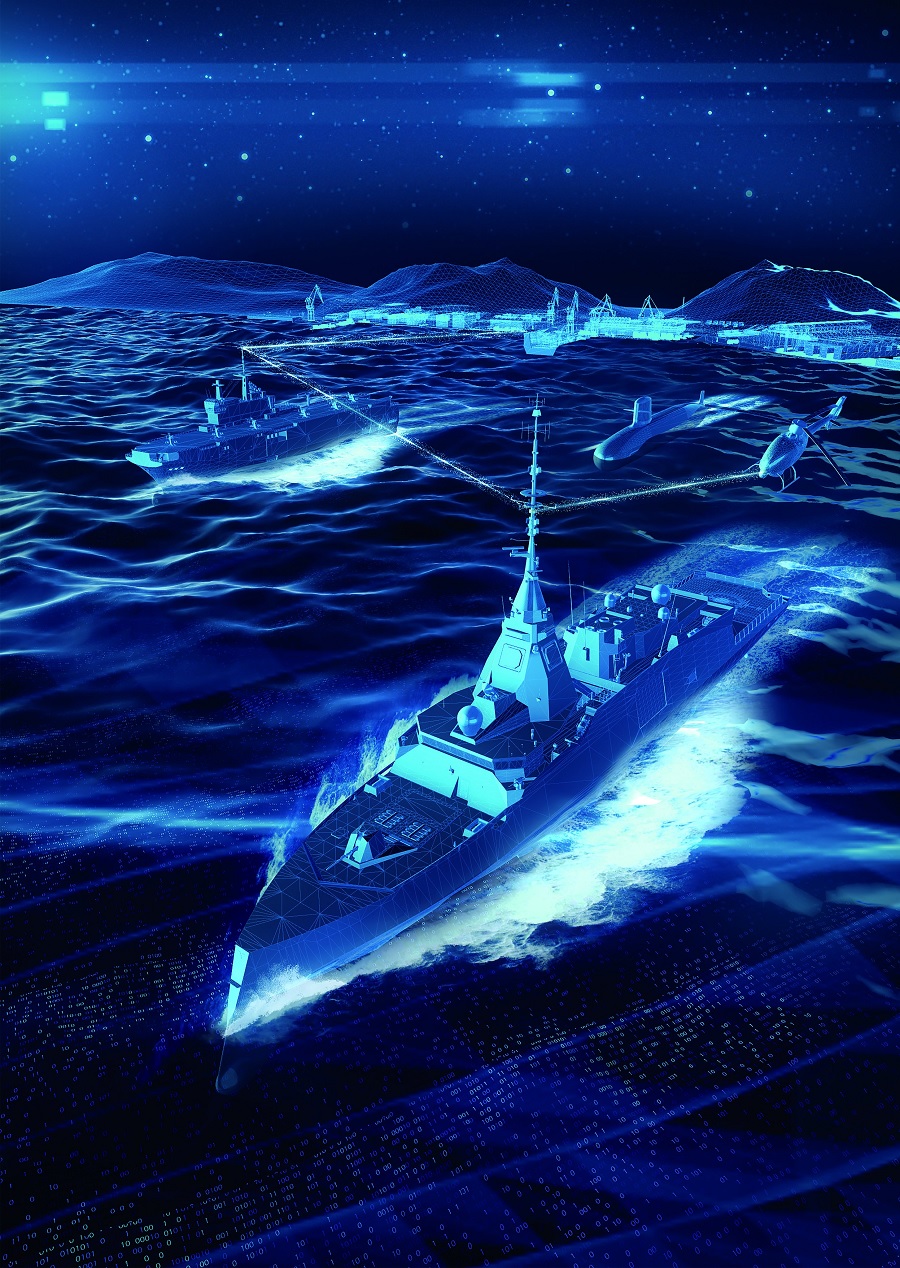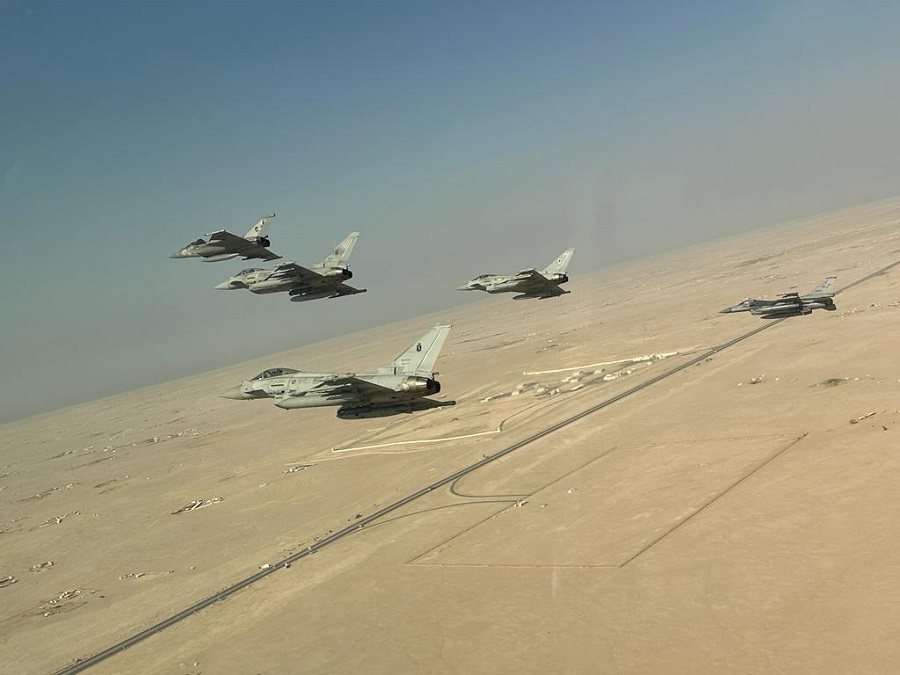The USD 1.2 billion agreement represents the next phase of funding for the procurement of EMALS and AAG systems for the USS Doris Miller (CVN 81), a Gerald R. Ford-class aircraft carrier for the US Navy, and the PA-Ng next-generation aircraft carrier for the French Marine nationale.
The contract amendment encompasses production, assembly, testing, and hardware management of EMALS with embedded software for the CVN 81. Additionally, the modification addresses software upgrades for EMALS and AAG, as well as technical assessment and implementation of changes to equipment, software, technical data, and logistics products through the configuration management process related to EMALS and AAG systems for the CVN 81. The modification also includes a case study for research and development supporting potential future orders of EMALS and AAG by the French government.
Paris has selected EMALS and AAG for its next-generation PA-Ng aircraft carrier, with the agreement being reached last year. The PA-Ng will replace the sole French aircraft carrier, Charles de Gaulle.
At the current stage, the main technical details of the PA-Ng are not yet known. Estimates indicate a full displacement of approximately 75,000 tons, a total length of 310 meters, a waterline length of 305 meters, a maximum width of 85 meters, a waterline width of 39 meters, and a design draft of 10.8 meters, with an aircraft deck area of 17,000 square meters. These figures indicate that it will be the largest warship in Europe, surpassing British, Russian, and Chinese aircraft carriers—at least for now. It will be significantly larger than the De Gaulle, which displaces 42,500 tons and measures 261.5 meters.
The aircraft deck and hangar with a 5,000 square meter area will accommodate and support an air group comprising approximately 30 multirole aircraft, accompanying unmanned aerial vehicles, two Grumman E-2D Advanced Hawkeye airborne early warning and control aircraft, and helicopters. In addition to the hangar, the ship will feature two elevators located on the starboard side and General Atomics’ Electromagnetic Aircraft Launch System (EMALS) catapults. The number of catapults is yet to be determined, with options being two or three. Opting for three would improve the carrier’s operational parameters, but it would also present integration challenges (power requirements, installation space) and procurement and operating costs.























![Adapting EU defence system: the French nuclear option [LONG READ]](https://defence-industry.eu/wp-content/uploads/2023/01/National-Strategic-Review_Macrons-next-grand-defence-strategy-for-2030.jpg)






